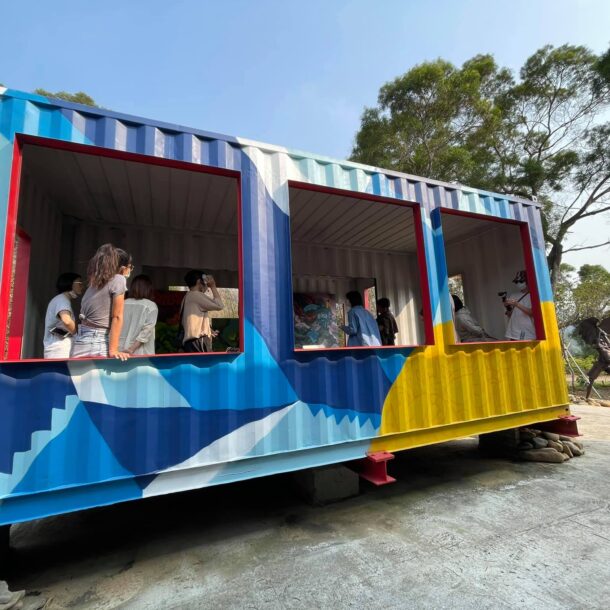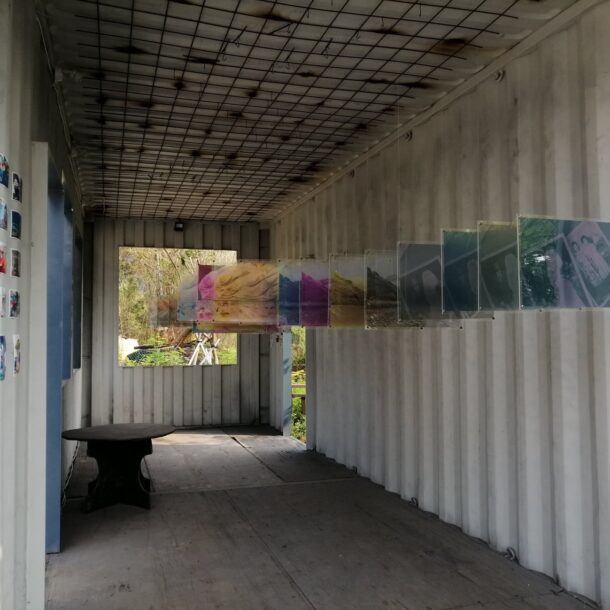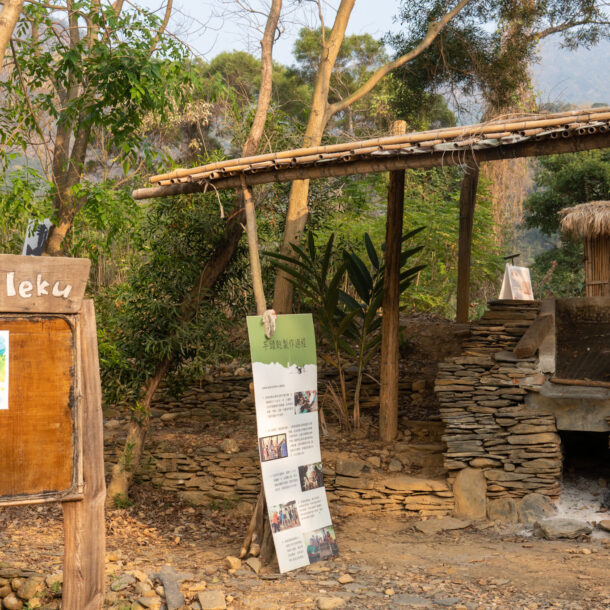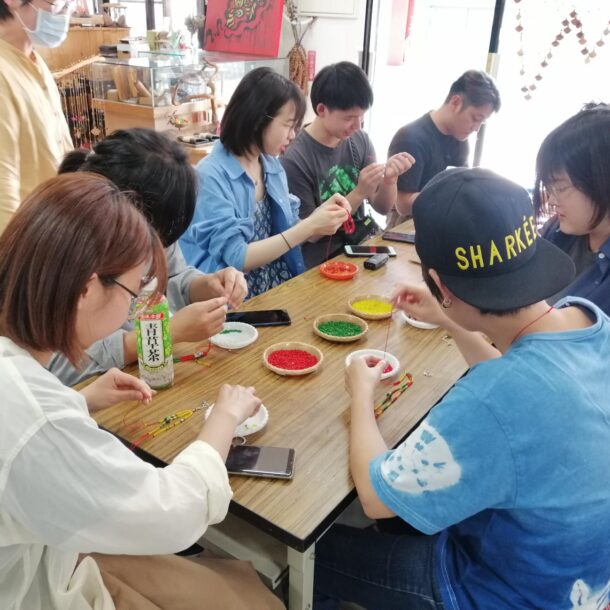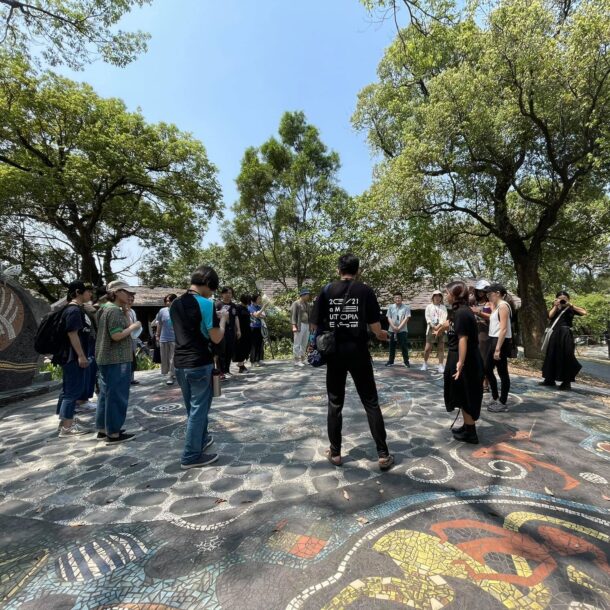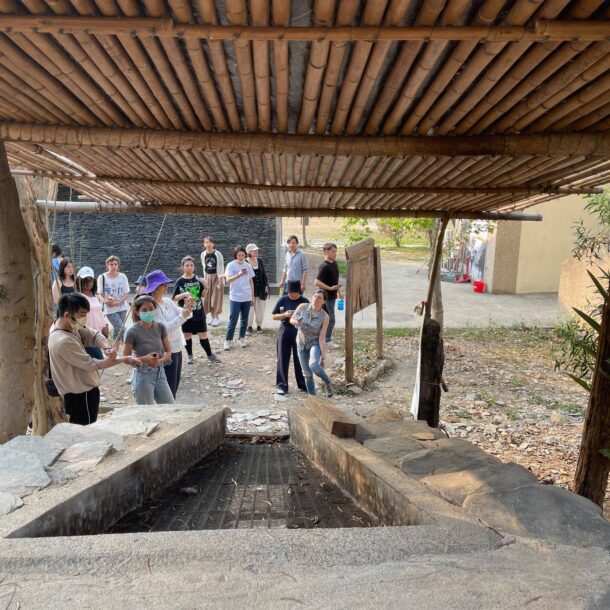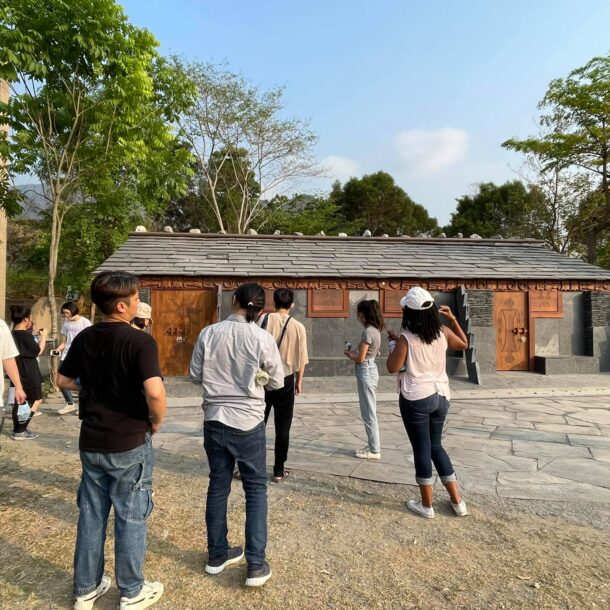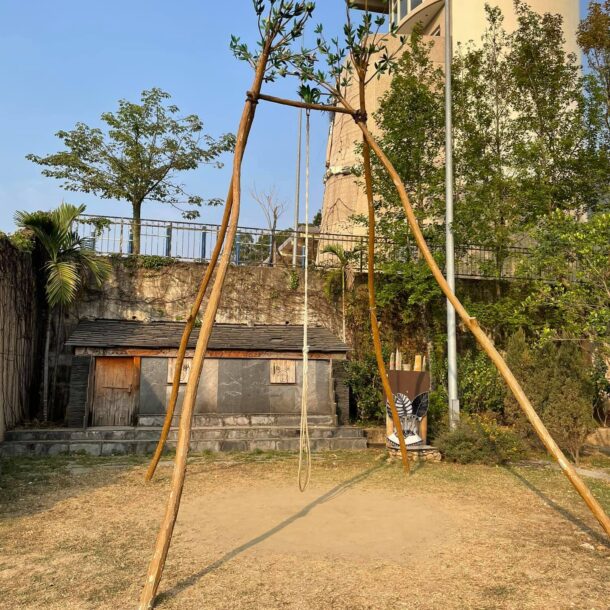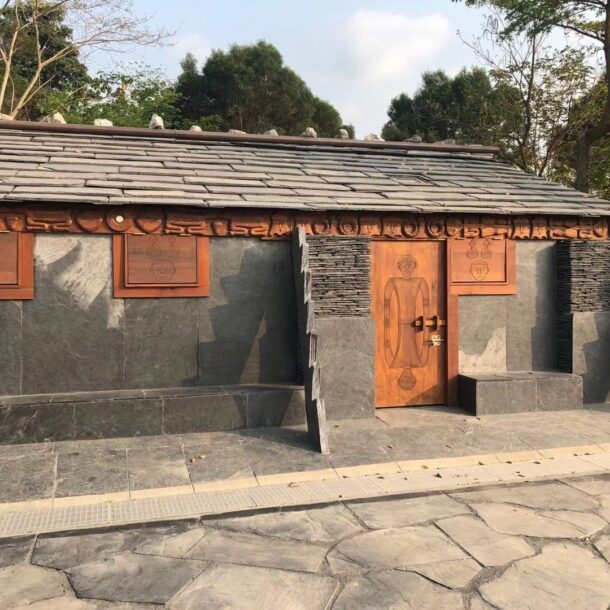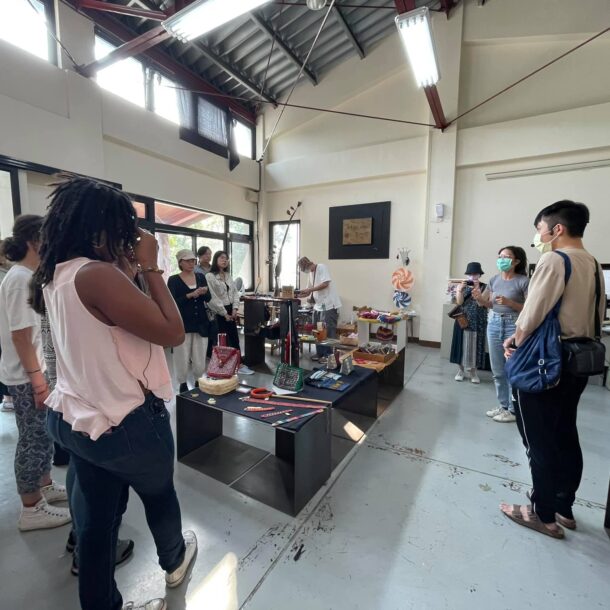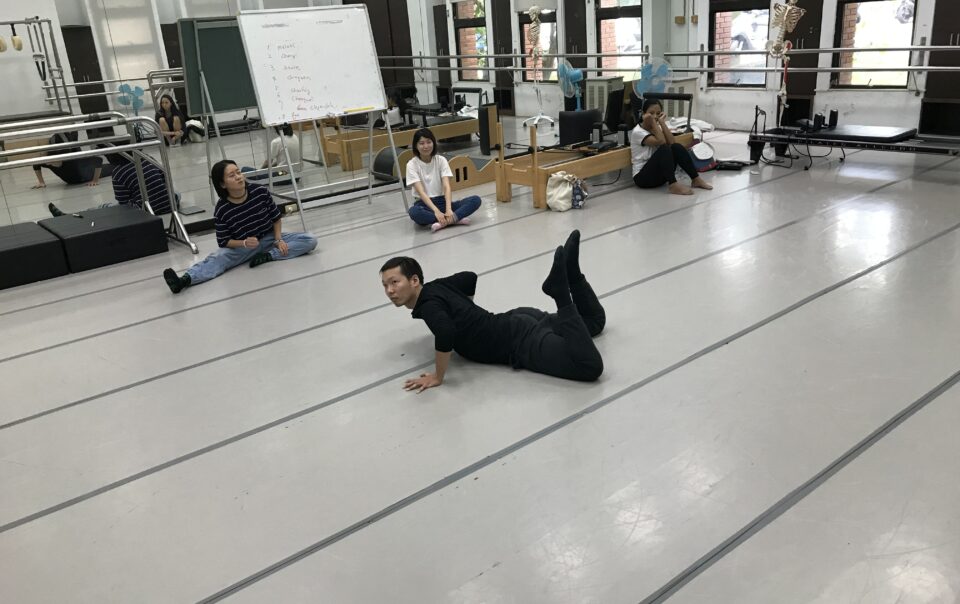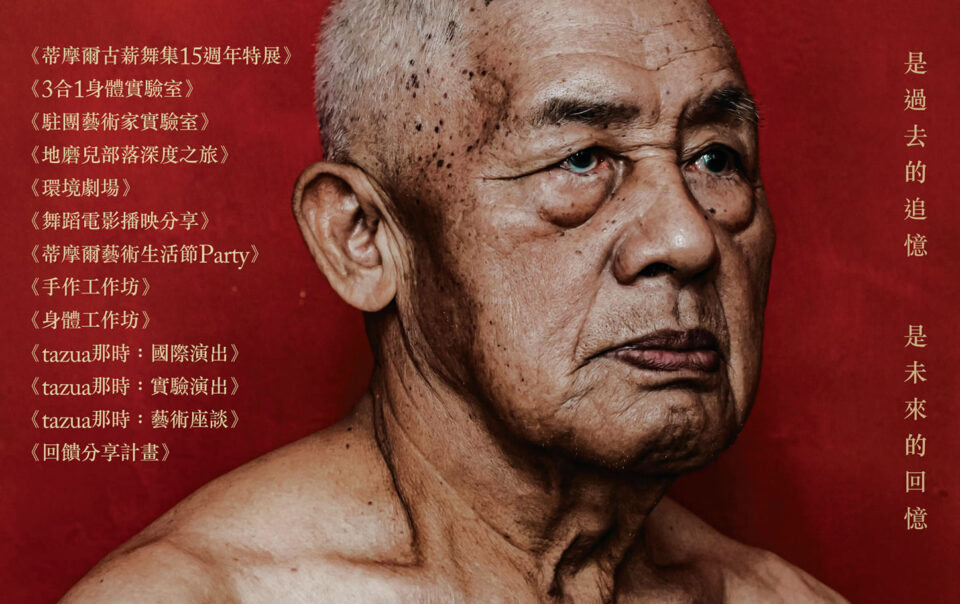Categories
Recent Posts
- Introducing SAC New Faculty Member2025 年 2 月 19 日
- 【Academic Job Vacancy】Full-Time Faculty (Tenure Track)2024 年 4 月 23 日
- Results for the 2024 International Student Admissions2024 年 5 月 22 日
- Introducing SAC New Faculty Member
Graduate Institute of Architecture and Cultural Heritage & IMCCI visited Rinari
Tradition glass beads, handicrafts and art space in Rinari
Course: Heritage: From Tradition to the Future
Course Instructors: I-Wen Chang、Min-Chin Chiang
TA: Elliott Cheung
Date: 4/1 (Thu.) – 4/5 (Mon.)
Participating Students: Graduate Institute of Architecture and Cultural Heritage & IMCCI
The first day of the trip was our visit to Rinari. During our visit we had to opportunity to use tradition glass beads to make our own bracelets. The workshop was a great chance to learn about the patterns, myths and symbols tied to Paiwanese culture. The idea of using traditional products and a hands on approach as an introductory activity was very suitable and effective. However, considering the importance that each glass bead has for this tribe, the experience would have been more special if there were some written information either in the place or that we could take with us, to remember the meaning of the stone that we received.
We were also able to observe handicrafts made with leather in the workshop we visited, many of these works contain butterflies, which give meaning to their rebirth after moving to Rinari after the typhoon. Also lilies which they cultivated before and unfortunately they cannot do it anymore because in Rinari it is not possible to cultivate it, but it remains in their memory in their art and crafts as an important symbol that represents them.
Next on the day’s agenda was a tour of the art space and surrounding traditional educational material. There were slate houses, taro smokers and even traditional style temporary huts. All of which were created as part of the educational process for the younger generation. This along with the interactions that artists working with the workshop were mandated to have with the community and more so the children was pretty admirable to us. Moreover the direct connection between these contemporary art expressions of traditional culture and a constant introduction of outsider perspectives within the community to be stimulating and beneficial to all the stakeholders involved. Additionally the exhibition of artistic works by foreigners revealed an openness in the community which welcomes people from outside and gives them a space to conduct creative and cultural exchanges.
After spending a good time in the cultural center we walked towards the restaurant, along the way we could see a few houses, but maybe not enough as we would have liked. The few houses that we saw, as mentioned before in our presentation, are not of the traditional style, however, people decorate them with their aboriginal art, which actually makes this place special for being different, it would be nice if we can walk quietly and observe what these families have contributed from their tribes to their homes.
Our time in Rinari concluded with a nice dinner in the restaurant that climaxed with live performances and exchange between locals and students. That perhaps was the highlight of the days experience for us.
#IMCCI at Taipei National University of the Arts)
#USR(University Social Responsibility)
#hifiveplus: International Art Platform- Indigenous Peoples from the Plains of Beitou to the Mountains of Pingtung



